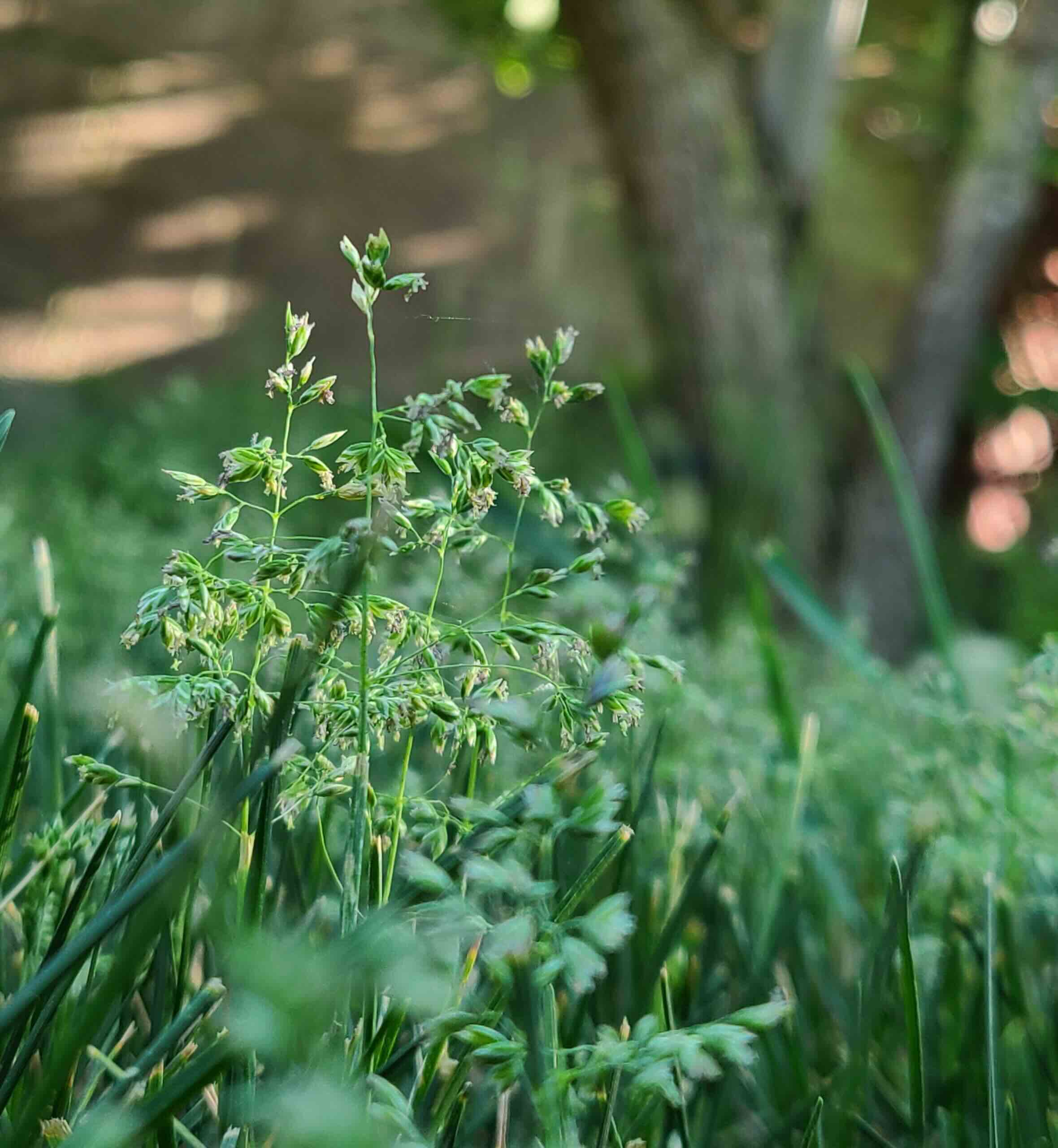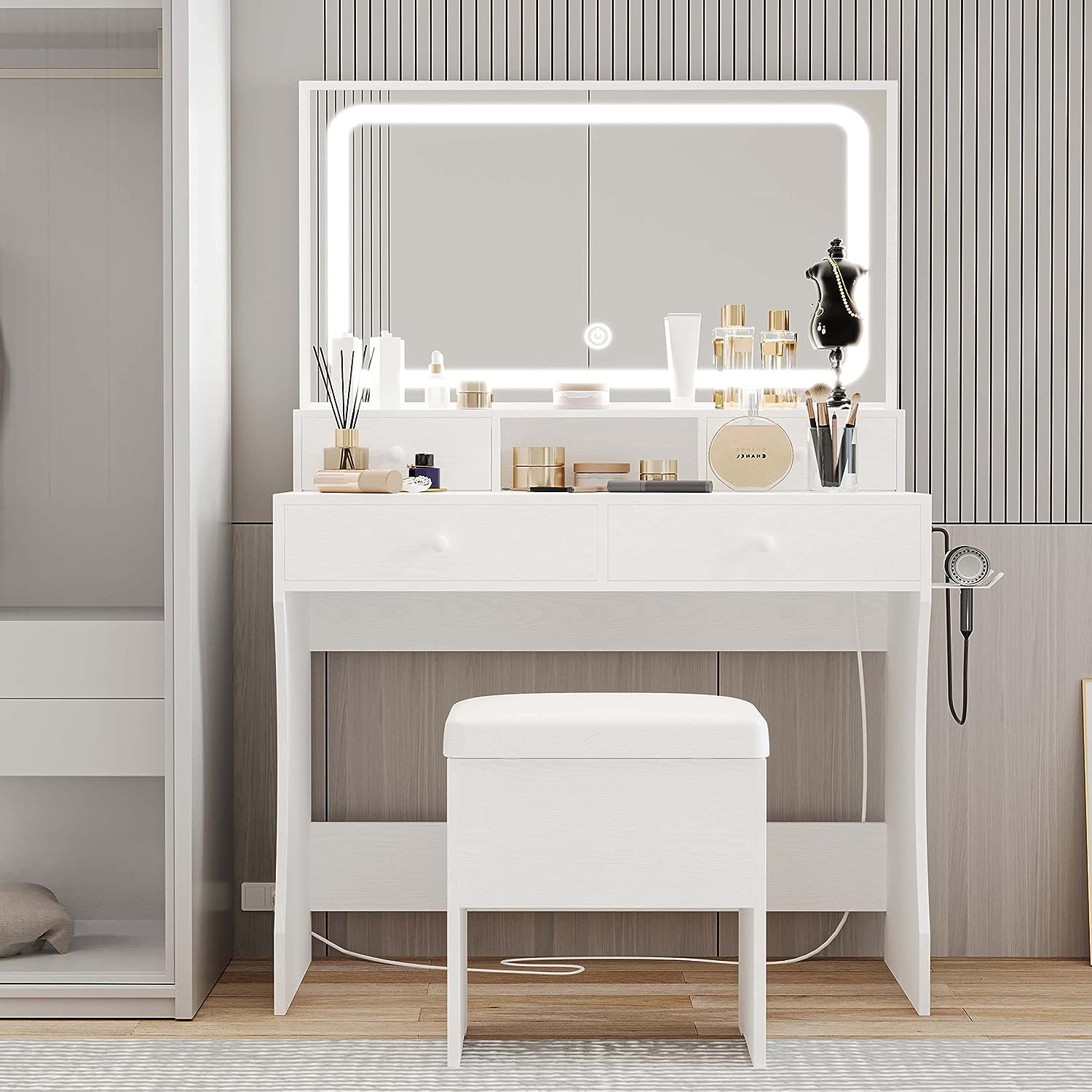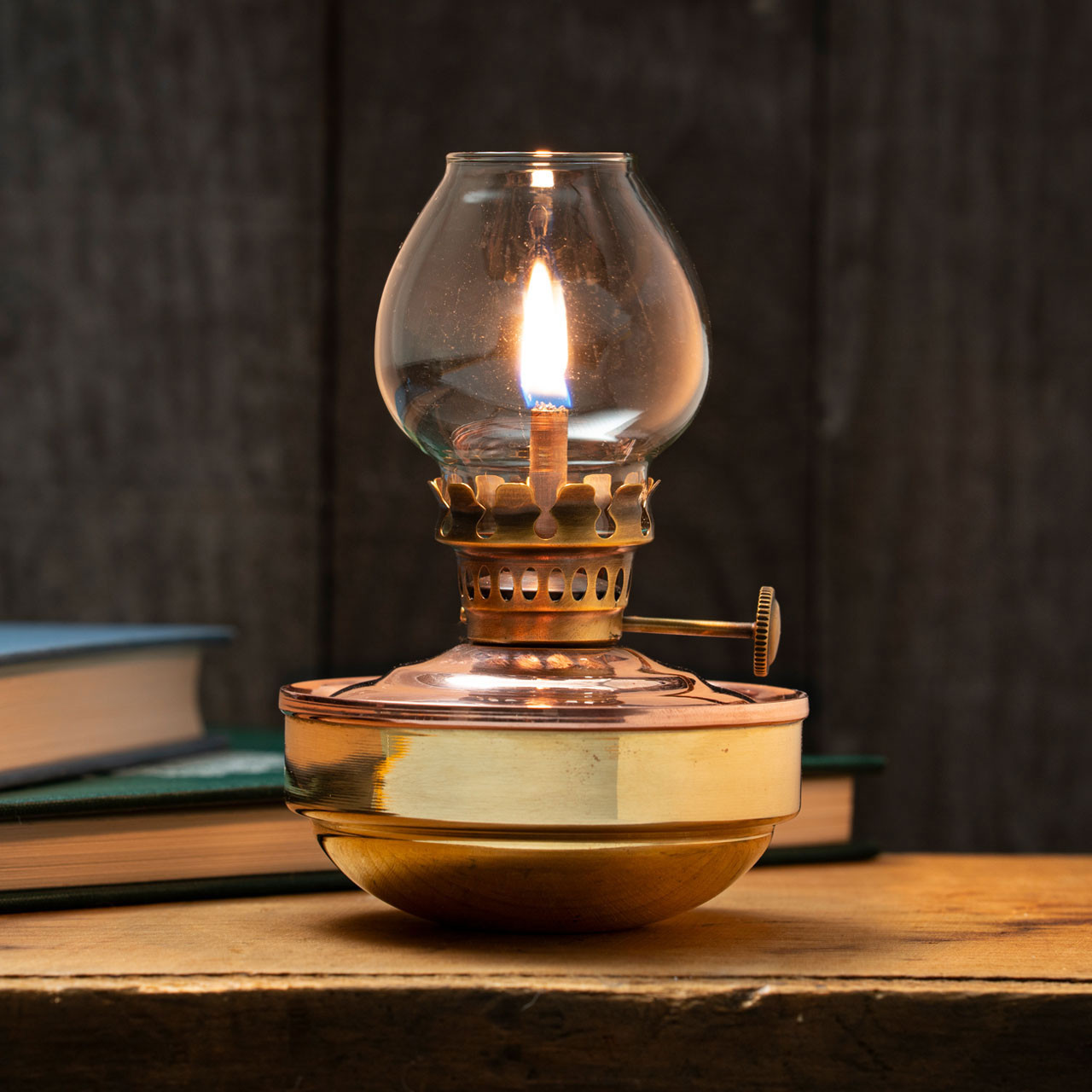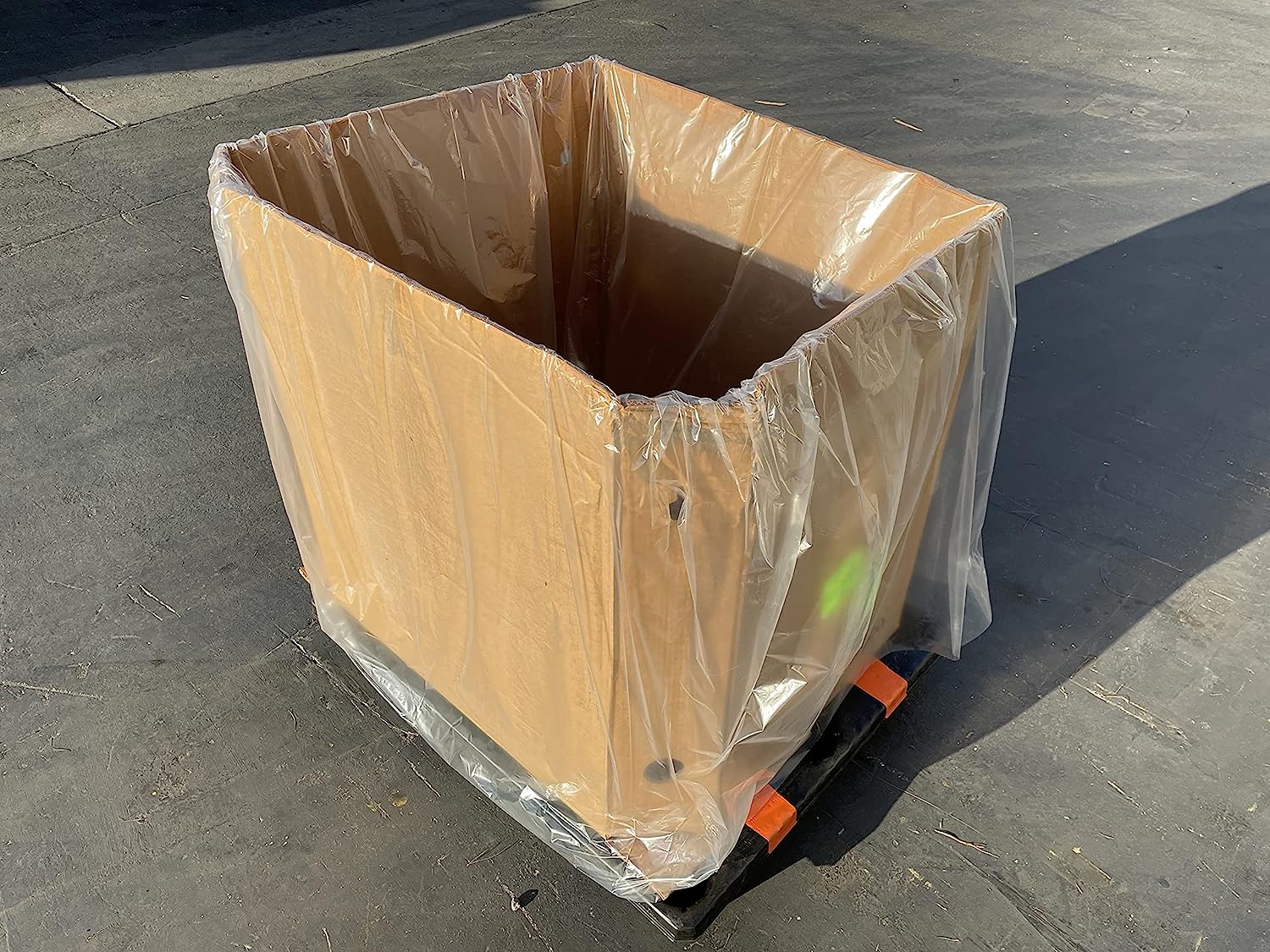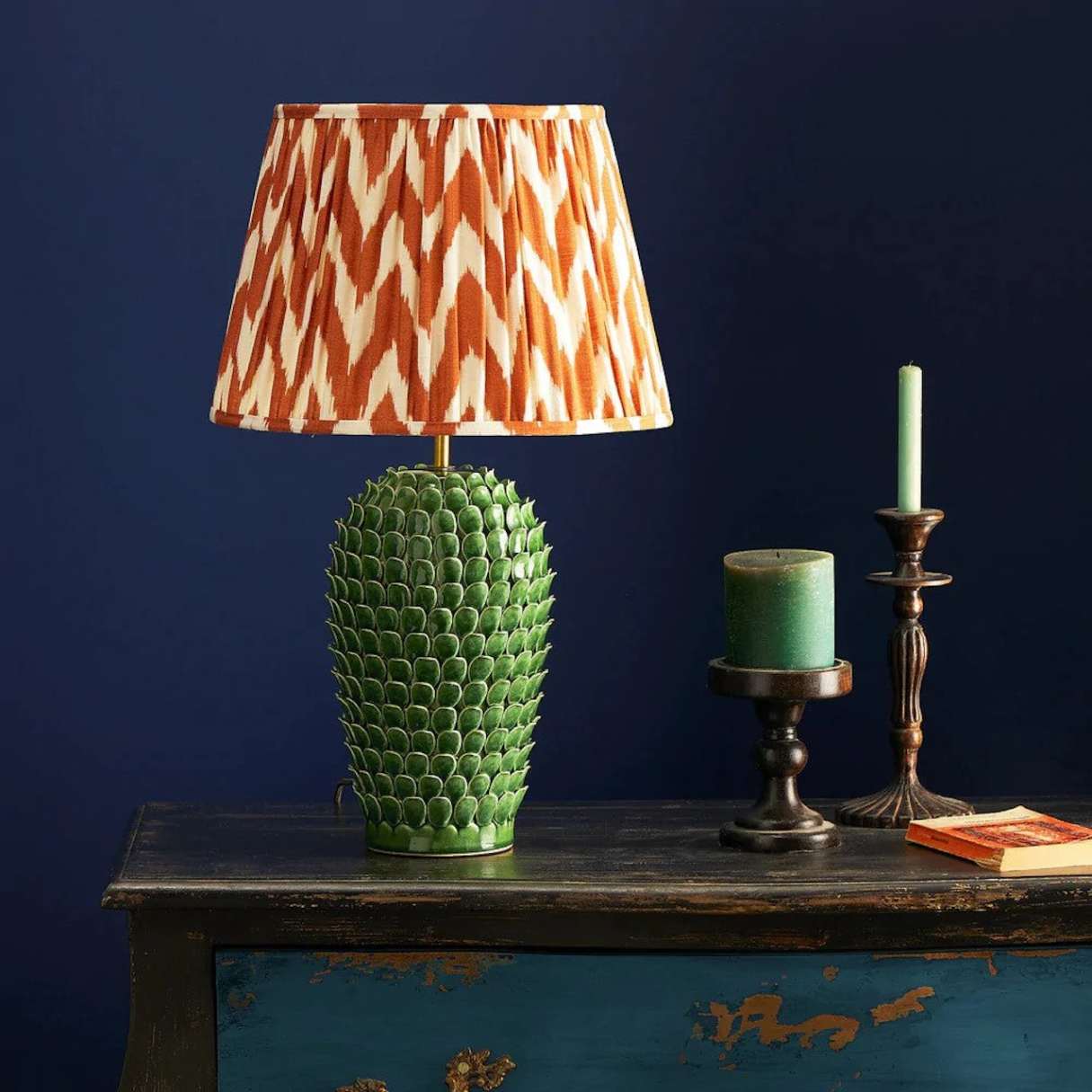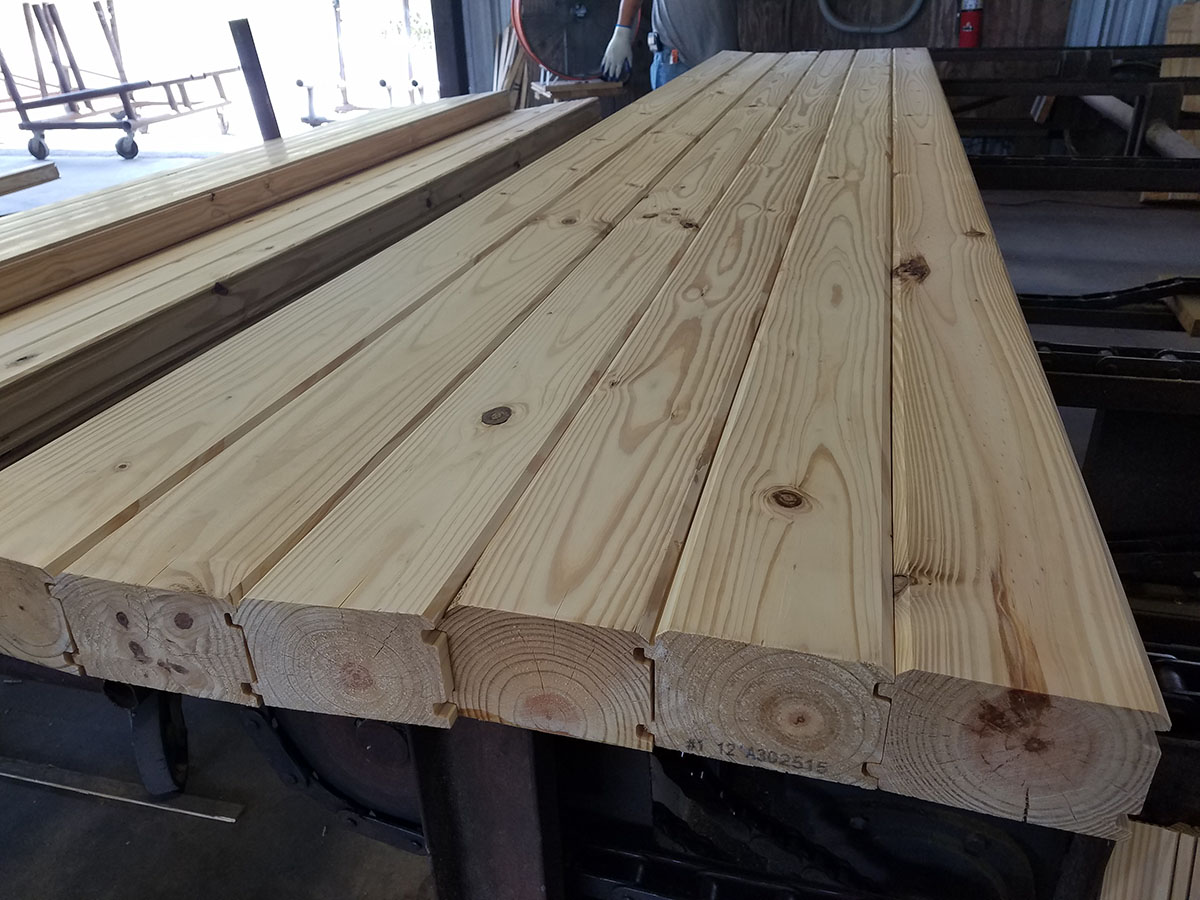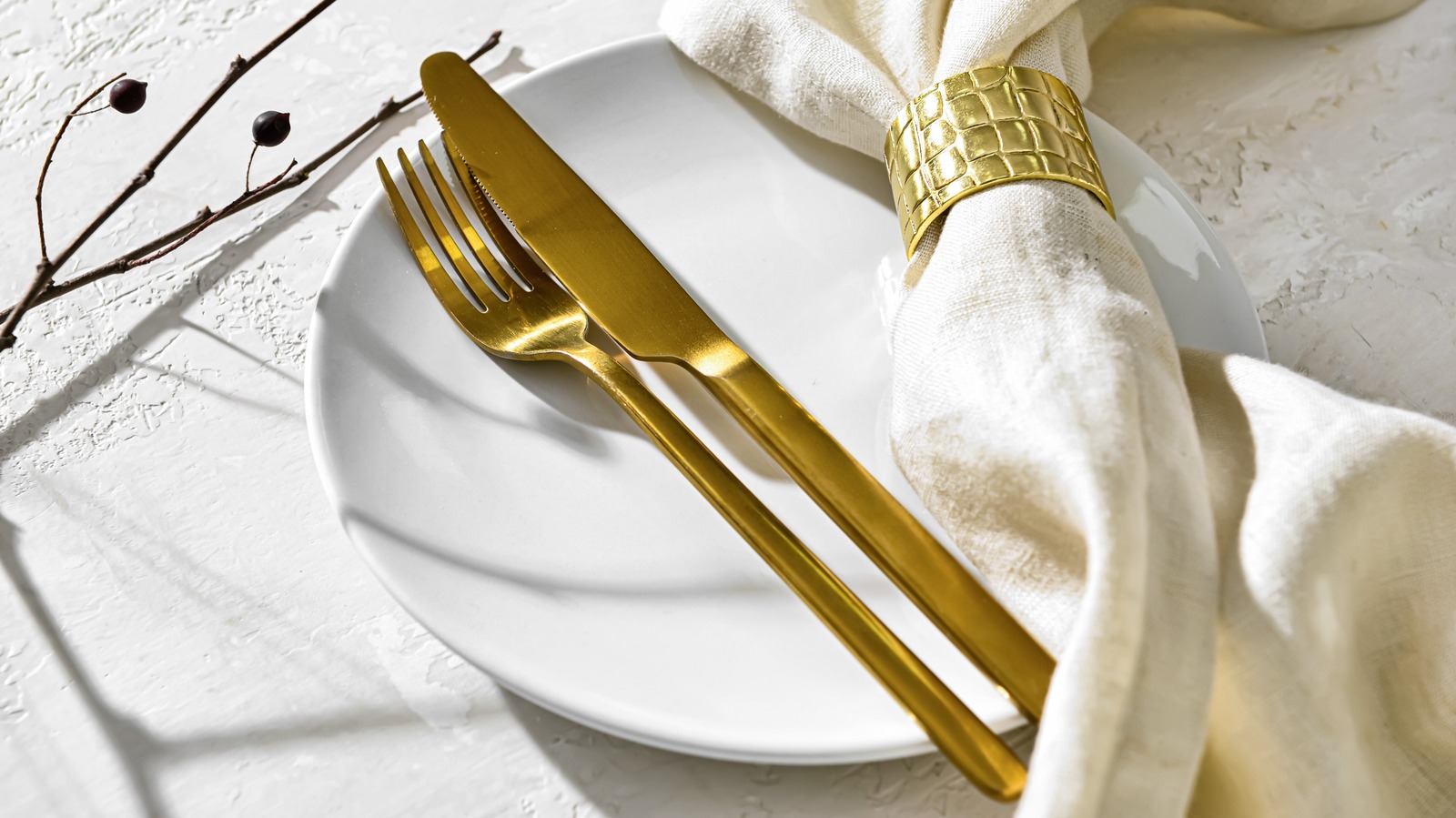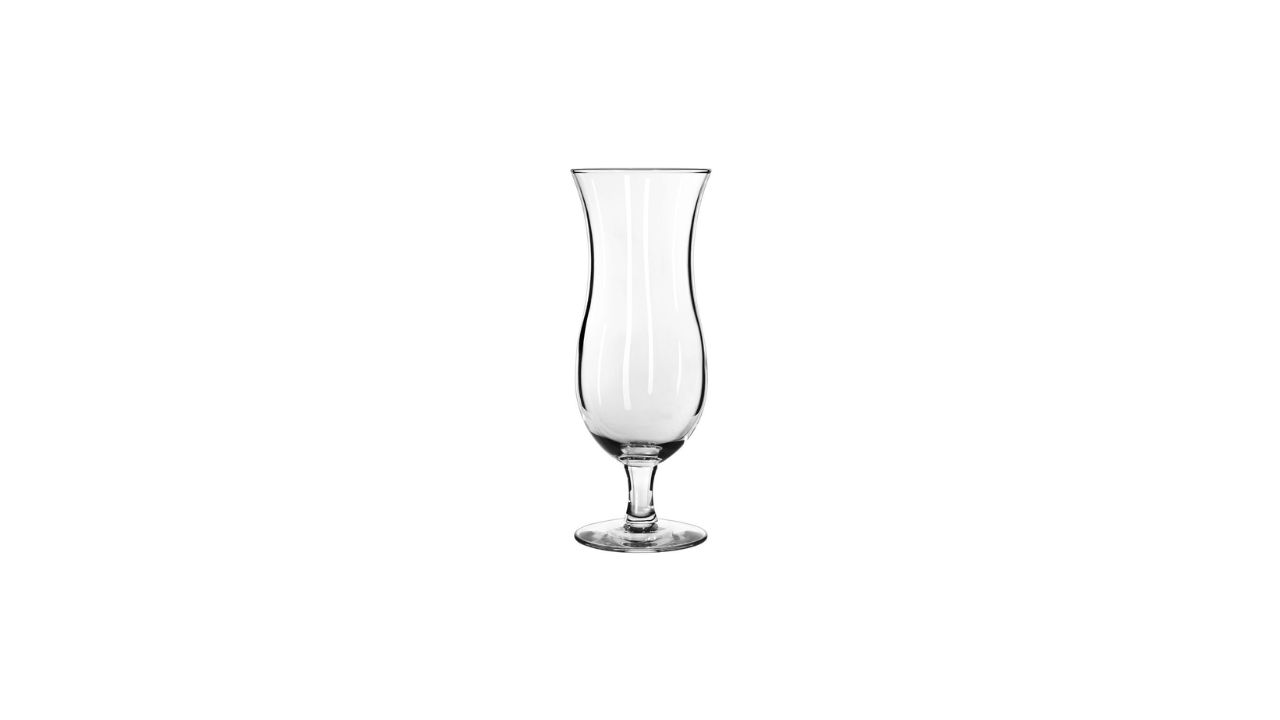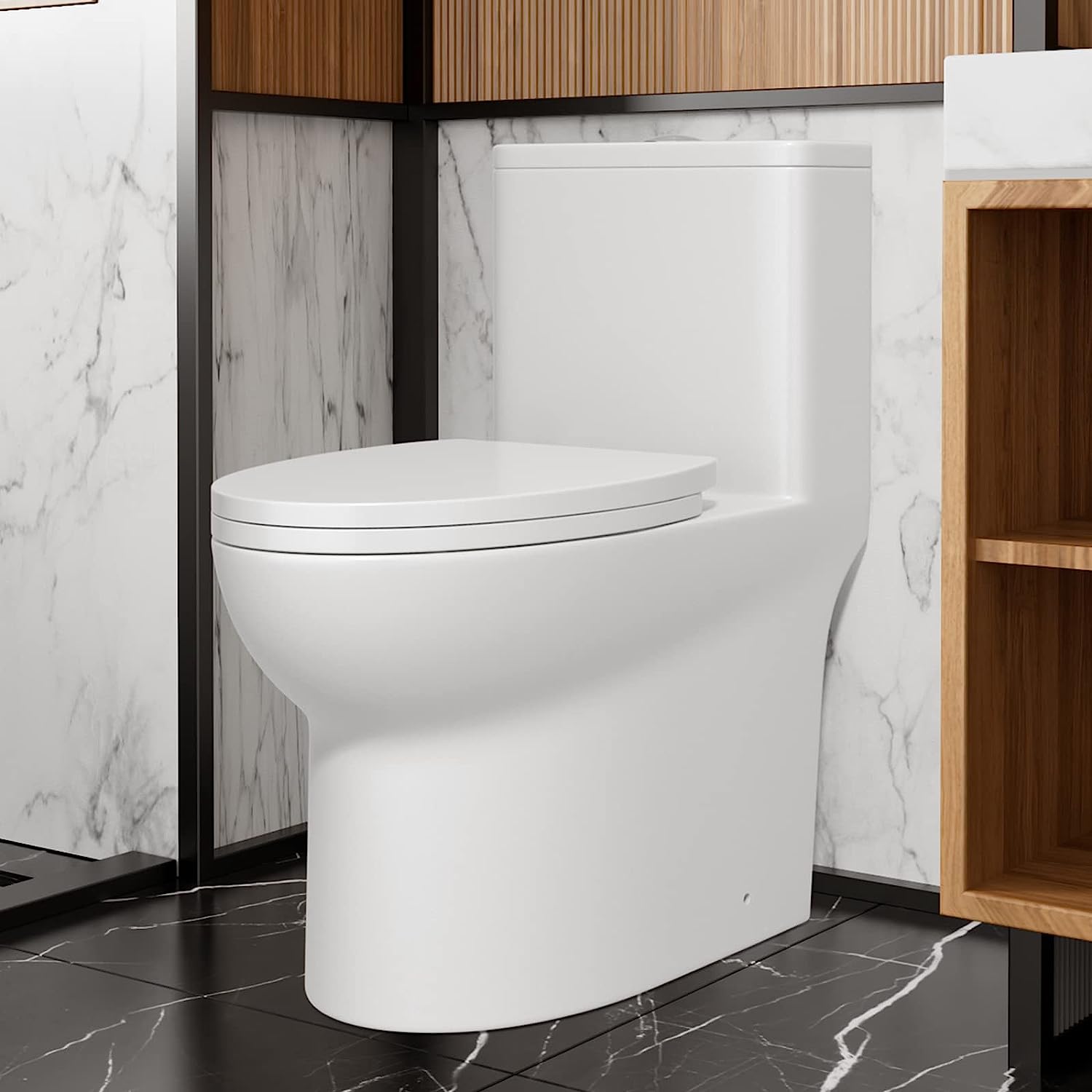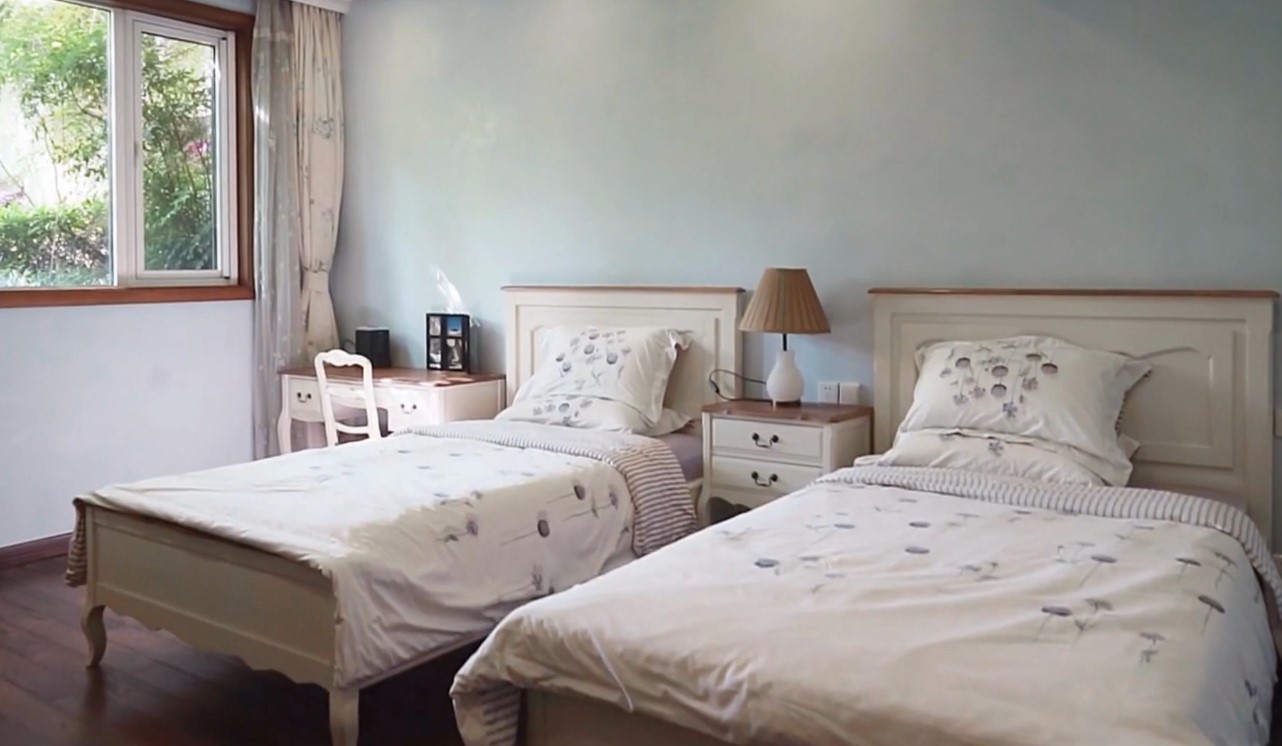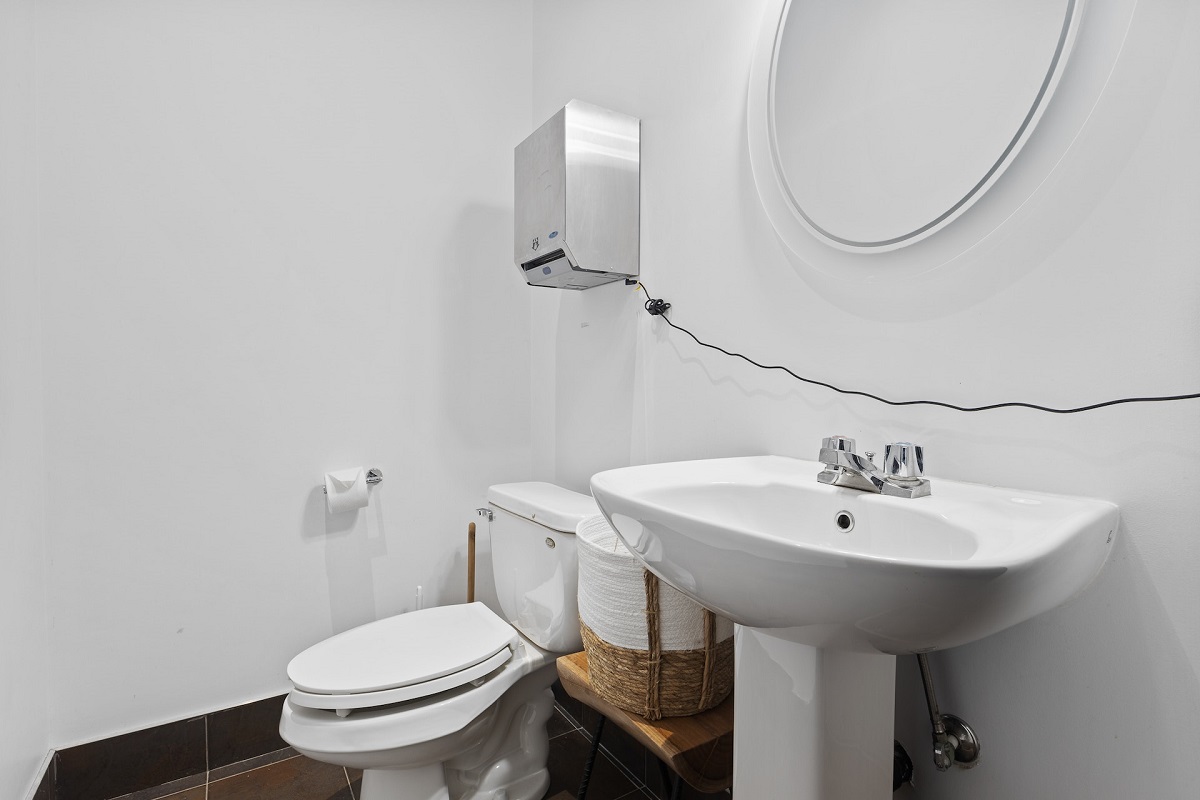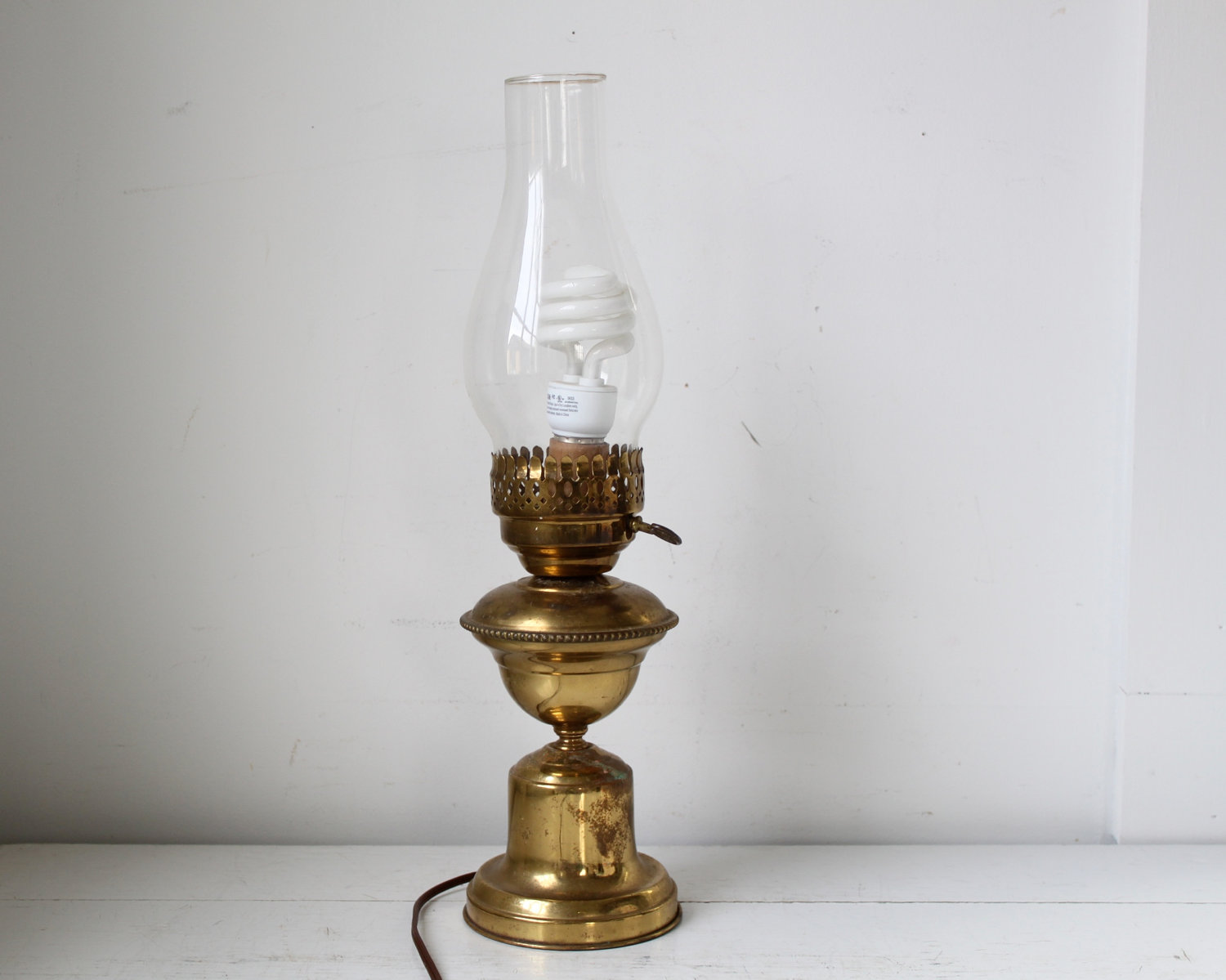

Furniture
Why Is It Called A Hurricane Lamp
Modified: November 1, 2024
Learn why a hurricane lamp is called so and how it can add a unique touch to your furniture ensemble. Discover the history and significance of this timeless piece.
(Many of the links in this article redirect to a specific reviewed product. Your purchase of these products through affiliate links helps to generate commission for Storables.com, at no extra cost. Learn more)
Introduction
Welcome to our comprehensive guide on hurricane lamps! In this article, we will explore the fascinating world of hurricane lamps, from their origins and history to their uses and designs. Whether you are a furniture enthusiast, a history buff, or simply curious about the significance of these iconic lamps, we have got you covered.
A hurricane lamp is a type of oil lamp that has been used for centuries to provide light during power outages and in areas with limited access to electricity. These lamps are characterized by their durable glass chimneys and tightly-sealed design, which allows the flame to burn steadily even in windy conditions.
With their distinct look and timeless appeal, hurricane lamps have become more than just a functional lighting source. They have become a symbol of resilience, nostalgia, and cozy ambiance. Join us on this journey as we delve into the intriguing history and features of hurricane lamps, and discover why they continue to captivate our imagination.
Key Takeaways:
- Hurricane lamps, with their glass chimneys and durable design, were originally developed for maritime use and have evolved into timeless symbols of resilience and nostalgia, providing steady light in adverse conditions.
- Despite their name, hurricane lamps were not specifically designed for hurricanes, but their association with resilience and emergency preparedness has made them valuable assets during power outages and a source of comfort during challenging times.
Read more: Why Is A Genie Lamp Called A Lamp
Definition of a Hurricane Lamp
A hurricane lamp, also known as a storm lantern or a kerosene lamp, is a type of oil lamp designed to withstand strong winds and provide stable illumination. The defining feature of a hurricane lamp is its glass chimney, which surrounds the flame and protects it from drafts and gusts of wind.
The glass chimney of a hurricane lamp is typically cylindrical in shape, with a wider base and a narrower top. This design allows for efficient ventilation while preventing the flame from being extinguished by external forces. The chimney is usually made of heat-resistant glass, such as borosilicate glass.
In addition to the glass chimney, a hurricane lamp consists of a base or reservoir that holds the fuel, a wick that draws the fuel upward, and a burner or flame spreader that controls the size and distribution of the flame. The base may be made of metal or ceramics and is often filled with kerosene or lamp oil.
Hurricane lamps are designed to provide a steady and reliable source of light, even in adverse weather conditions. The chimney creates a sealed environment around the flame, protecting it from rain, wind, and other external elements. This makes hurricane lamps particularly useful during power outages, camping trips, and outdoor activities.
As the name suggests, hurricane lamps were initially designed to withstand hurricane-force winds. They were first developed in the 18th century and gained popularity in the maritime industry, where they were used on ships and lighthouses. The practicality and durability of hurricane lamps soon extended to households and other settings.
Today, hurricane lamps are valued not only for their functionality but also for their aesthetic appeal. They add a touch of vintage charm and create a warm, nostalgic atmosphere. Whether used as a centerpiece on a dining table or as a decorative accent in a living room, hurricane lamps bring a timeless elegance to any space.
Origins and History of the Hurricane Lamp
The origins of the hurricane lamp can be traced back to the 18th century when it was first developed as a practical lighting solution in the maritime industry. Sailors and lighthouse keepers needed a reliable source of light that could withstand the strong winds and rough conditions at sea.
One significant innovation in the development of the hurricane lamp was the addition of the glass chimney. This crucial element allowed the lamp to create a protected environment for the flame, preventing it from being easily extinguished by gusts of wind or splashes of water. The sealed design also reduced the risk of accidents and fires.
It is believed that the first glass chimney hurricane lamps were produced in Europe. They quickly gained popularity among sailors due to their effectiveness in providing steady light, regardless of the weather conditions. As maritime trade expanded, so did the use of hurricane lamps on ships, including naval vessels and fishing boats.
Soon, the benefits of hurricane lamps were recognized beyond the maritime industry. They became popular in households as a reliable and durable alternative to candles and primitive oil lamps. They were particularly favored in rural areas and regions where access to electricity was limited or unreliable.
During the 19th century, hurricane lamps enjoyed a surge in popularity, thanks to advancements in manufacturing techniques. Metal bases and intricate designs were introduced, adding a touch of elegance to the functional lamps. This era saw the rise of beautifully crafted hurricane lamps made from materials such as brass, copper, and nickel-plated steel.
As the 20th century dawned, hurricane lamps became more accessible to the general public. They were produced on a larger scale and made more affordable, allowing households of all backgrounds to benefit from their practicality and charm. The lamps were also embraced for outdoor activities such as camping and picnics, further cementing their status as a versatile lighting solution.
Throughout the years, hurricane lamps have remained a staple in many homes, cherished for their ability to provide reliable light during power outages and create a cozy ambiance. Today, they are not only functional lighting fixtures but also sought-after vintage collectibles and decorative pieces that add a touch of nostalgia to modern interiors.
The Connection to Hurricanes
Despite its name, the term “hurricane lamp” does not directly refer to the association between the lamps and actual hurricanes. The name can be misleading, as hurricane lamps were not specifically designed for use during hurricanes, nor are they exclusively used in hurricane-prone areas.
The term “hurricane lamp” originated during the 19th century and is believed to have been coined based on the lamps’ ability to withstand strong winds. The advent of the glass chimney provided a protective barrier that shielded the flame from drafts, making the lamps ideal for outdoor use in windy conditions.
However, the durability and reliability of hurricane lamps have made them valuable assets during hurricane-related power outages. In areas affected by hurricanes or severe storms, electricity supply can be disrupted for days or even weeks. During these challenging times, hurricane lamps have proved to be a reliable lighting source, allowing households to maintain a sense of normalcy and safety.
While hurricane lamps may not have been specifically invented for hurricanes, their association with resilience and preparation during times of crisis has deepened. They have become symbolic of the human spirit’s ability to adapt and overcome adversity.
Moreover, hurricane lamps have been used in emergency preparedness kits, both in households and in institutional settings such as schools and shelters. These lamps provide a reliable and portable source of light without requiring electricity, making them a crucial component of emergency supplies.
It is important to note that hurricane lamps should never be used during an actual hurricane or severe storm. Open flames can pose a significant fire hazard in high winds and dangerous conditions. Instead, they are most effective and safe to use indoors or in sheltered outdoor areas during power outages or other emergencies.
In summary, while the name “hurricane lamp” does not directly connote a connection to hurricanes themselves, these sturdy and reliable lamps have become synonymous with resilience, emergency preparedness, and a source of comfort during times of crisis.
Features and Characteristics of a Hurricane Lamp
Hurricane lamps are known for their distinct features and characteristics that set them apart from other types of lamps. From their durable construction to their functional design, here are some key features of hurricane lamps:
- Glass Chimney: The most prominent feature of a hurricane lamp is its glass chimney. This cylindrical or globe-shaped glass enclosure surrounds the flame, protecting it from external elements and minimizing the impact of wind and drafts. The glass chimney also helps to create a steady flame by providing a controlled airflow.
- Sealed Design: Hurricane lamps are designed for stability and safety. With their tightly sealed construction, they prevent the flame from being easily extinguished, even in windy conditions. This makes them particularly suitable for outdoor use, camping, and other activities where a reliable light source is needed.
- Reservoir for Fuel: Hurricane lamps typically have a base or reservoir that holds the fuel. This can be filled with kerosene, lamp oil, or other types of flammable liquid fuel. The reservoir is usually equipped with a filling cap or a screw-on lid to prevent spills and leaks.
- Wick and Burner: At the center of a hurricane lamp is the wick, which draws fuel up from the reservoir to the burner. The burner, often made of metal, controls the size and distribution of the flame. It may feature adjustable settings to regulate the brightness and intensity of the light.
- Sturdy Base: The base of a hurricane lamp provides stability and support. It is typically made of metal or ceramic materials and is designed to withstand heat and the weight of the lamp. Some bases may have additional features, such as handles or feet for easy transportation and positioning.
- Decorative Accents: While functionality is a key aspect of hurricane lamps, they also offer aesthetic appeal. Many hurricane lamps feature decorative accents, such as ornate metalwork, colored glass, or patterned designs. These embellishments add a touch of elegance and can complement various interior styles and décors.
These features collectively make hurricane lamps reliable, durable, and versatile lighting options. They can create a warm and cozy atmosphere, whether used indoors during power outages or as decorative accents in homes, restaurants, or outdoor spaces.
It is important to handle hurricane lamps with care and follow safety guidelines, as they involve the use of an open flame. Proper maintenance, regular cleaning, and attention to fuel levels are crucial to ensure their safe and efficient operation.
Whether you are collecting vintage hurricane lamps or investing in modern versions, these lamps continue to offer a timeless charm and a practical lighting solution that withstands the test of time.
The term “hurricane lamp” originated from the use of these lamps during storms, as their enclosed design protected the flame from being extinguished by strong winds.
Read more: Why Is It Called Silverware
Uses and Applications of Hurricane Lamps
Hurricane lamps have a wide range of uses and applications, making them versatile lighting fixtures for various settings and situations. Here are some common uses of hurricane lamps:
- Emergency Lighting: One of the primary uses of hurricane lamps is as a source of emergency lighting. In cases of power outages or natural disasters, when electricity is unavailable, hurricane lamps provide a reliable and long-lasting light source. They can help maintain visibility, safety, and a sense of normalcy during challenging times.
- Outdoor Activities: Hurricane lamps are ideal for outdoor activities such as camping, hiking, and picnics. Their sturdy design and ability to withstand wind and weather conditions make them essential for providing illumination in the wilderness or during nighttime adventures. They create a cozy and nostalgic atmosphere, adding to the enjoyment of outdoor gatherings.
- Decorative Lighting: Hurricane lamps are also widely used as decorative lighting fixtures in homes, restaurants, and event venues. Their timeless design and warm glow lend a cozy and romantic ambiance to any space. They can serve as focal points on dining tables, mantels, or shelves, adding a touch of vintage charm and elegance to the décor.
- Candle Alternatives: Hurricane lamps are often chosen as alternatives to candles in settings where open flames may pose a safety risk or where candles are not allowed. The enclosed flame within the glass chimney provides a safer option, reducing the risk of accidental fires and allowing for better control of the light source.
- Outdoor Weddings and Events: Due to their ability to withstand wind and provide consistent lighting, hurricane lamps are popular choices for outdoor weddings and events. They can be used to line pathways, illuminate seating areas, or add soft lighting to dinner tables. Their versatility and elegance contribute to creating a memorable and enchanting atmosphere.
- Historical Reenactments and Period Settings: Hurricane lamps are commonly used in historical reenactments, period movies, and theatrical productions. This is because they offer an authentic and accurate representation of lighting sources used in the past. The lamps help bring a sense of nostalgia and historical accuracy to these settings.
These are just a few examples of the many uses and applications of hurricane lamps. Whether for practical lighting needs, decorative purposes, or creating a specific ambiance, hurricane lamps continue to prove their versatility and timeless appeal.
When using hurricane lamps, it is essential to follow safety guidelines, including keeping them away from flammable materials, ensuring proper ventilation, and supervising the flame at all times. With proper care and attention, hurricane lamps can provide years of reliable and captivating illumination.
Variations and Designs of Hurricane Lamps
Hurricane lamps come in a variety of designs and styles, ranging from traditional to contemporary. While they all share common features, there are several variations in their construction and aesthetic appeal. Here are some popular variations and designs of hurricane lamps:
- Classic Hurricane Lamp: The classic hurricane lamp design features a clear glass chimney, a metal or ceramic base, and a simple yet elegant aesthetic. This timeless design is often associated with vintage and antique hurricane lamps, evoking a sense of nostalgia and charm.
- Colored Glass Hurricane Lamp: Some hurricane lamps feature colored glass chimneys, adding a pop of color and whimsy to the design. These lamps can create a more vibrant and eye-catching focal point in the space, complementing the overall décor and style.
- Rustic or Industrial Hurricane Lamp: For those who prefer a more rugged or industrial look, there are hurricane lamps designed with a rustic or vintage-inspired aesthetic. These lamps often feature distressed metal bases, aged finishes, and a weathered appearance, adding character and a sense of history to the lamp.
- Decorative Accents and Patterns: Hurricane lamps are often adorned with decorative accents and patterns that enhance their visual appeal. These accents can include intricate metalwork, filigree patterns, or embossed details on the base or the glass chimney. These embellishments add a touch of elegance and interest to the lamp’s design.
- Contemporary and Modern Designs: While hurricane lamps are often associated with a traditional or vintage aesthetic, there are also contemporary and modern designs available. These lamps feature sleek and minimalist designs, using materials such as brushed metal, frosted glass, or even unconventional materials like acrylic or resin.
- Electric Hurricane Lamps: In addition to the traditional oil-burning hurricane lamps, there are also electric versions available. These lamps mimic the appearance of classic hurricane lamps but use LED lights or electric bulbs instead of a flame. Electric hurricane lamps offer the convenience of adjustable lighting, easy operation, and the absence of an open flame.
These variations and designs cater to different tastes and interior styles, allowing individuals to choose a hurricane lamp that best suits their preferences and needs. Whether you are looking for a vintage-inspired piece, a modern and sleek design, or something with a touch of whimsy, there is a hurricane lamp out there to meet your aesthetic desires.
It is worth noting that regardless of the design, the core elements of a hurricane lamp remain the same — a glass chimney, a fuel reservoir, a wick, and a flame control mechanism. These elements ensure that the lamp maintains its functionality and ability to withstand windy conditions while providing a steady and comforting light source.
When selecting a hurricane lamp, consider the purpose, surrounding décor, and personal style to find the perfect design that adds both functionality and beauty to your space.
Cultural Significance and Symbolism of Hurricane Lamps
Beyond their practicality and aesthetic appeal, hurricane lamps hold cultural significance and symbolism in various contexts. Here are some aspects of their cultural significance:
- Nostalgia and Vintage Charm: Hurricane lamps often evoke a sense of nostalgia, reminding us of a bygone era when these lamps were a common household item. Their vintage charm resonates with individuals who appreciate the simplicity and elegance of the past. They serve as a link to history and evoke sentimental feelings of warmth and comfort.
- Endurance and Resilience: Hurricane lamps have come to symbolize endurance and resilience in the face of adversity. The lamps were designed to withstand challenging conditions, such as strong winds and power outages. Their ability to provide light during difficult times serves as a metaphor for the human spirit’s ability to overcome obstacles and find solace in the midst of darkness.
- Cultural Traditions and Folklore: In some cultures, hurricane lamps are deeply ingrained in traditions and folklore. They may be associated with stories and legends, symbolizing protection, guidance, or a connection to the spiritual realm. Such cultural representations highlight the lamp’s significance and its role in shaping cultural identities and beliefs.
- Practicality and Self-Sufficiency: Hurricane lamps have long been valued for their practicality and self-sufficiency. They were relied upon in areas with limited access to electricity, providing a source of light that did not depend on external power sources. This practicality represents a sense of independence and resourcefulness, emphasizing the ability to adapt to challenging circumstances.
- Symbol of Cozy Ambiance: Hurricane lamps have become synonymous with creating a warm and cozy ambiance. Their soft and flickering light evokes a sense of intimacy and tranquility, making them popular choices for creating a romantic atmosphere or setting a calming mood during gatherings or special occasions.
- Historical Reenactments and Cultural Events: Hurricane lamps are frequently used in historical reenactments, period films, and cultural events to recreate the ambiance of a specific time period. Their presence adds an authentic touch and helps transport participants and viewers back in time.
The cultural significance and symbolism of hurricane lamps may vary across different regions and communities. Their meaning can be deeply rooted in personal experiences, cultural traditions, or historical contexts. However, collectively, they hold a universal appeal that transcends geographical boundaries and generations.
Whether as a decorative piece, a reminder of the past, or a symbol of endurance, hurricane lamps continue to capture our imagination and hold a treasured place in our cultural consciousness.
Conclusion
Hurricane lamps are more than just functional lighting fixtures – they have a rich history, unique features, and cultural significance. From their origins as a practical solution for maritime needs to their widespread use in homes around the world, these lamps have stood the test of time and captured our fascination.
The defining feature of a hurricane lamp is its glass chimney, which protects the flame from wind and drafts. This design allows the lamps to provide a steady and reliable source of light, making them particularly valuable during power outages and in outdoor settings. Their ability to withstand challenging conditions has made them a symbol of resilience and adaptability in the face of adversity.
Over the years, hurricane lamps have evolved and diversified in design. From classic and vintage styles to contemporary and modern variations, there is a hurricane lamp to suit every taste and interior decor. Their aesthetic appeal, combined with their functional qualities, has made them a popular choice for both practical and decorative lighting purposes.
Hurricane lamps hold cultural significance and symbolism in various contexts. They evoke nostalgia, symbolize endurance, and represent self-sufficiency. They are also valued for their ability to create a cozy ambiance and are associated with cultural traditions and folklore.
Whether used in emergency situations, outdoor activities, or as decorative accents, hurricane lamps continue to captivate us with their timeless elegance and reliability. They remind us of simpler times, showcase our ability to overcome challenges, and provide a sense of comfort and warmth.
So, the next time you admire the soft glow of a hurricane lamp, take a moment to appreciate its history, functionality, and the cultural significance it holds. It is not merely a lamp but a symbol of our human ingenuity, resilience, and our desire to create a beautiful, inviting, and illuminated world.
Now that you've uncovered the intriguing tale behind hurricane lamps, why not illuminate your space with the latest trends? Our next feature, "15 Amazing Oil Lamp for 2024," delves into the world of oil lamps, showcasing designs that promise to brighten any room. Whether you're seeking a rustic touch or a modern flair, these lamps offer both style and functionality to meet diverse decor needs. Don't miss out on finding the perfect oil lamp to light up your home!
Frequently Asked Questions about Why Is It Called A Hurricane Lamp
Was this page helpful?
At Storables.com, we guarantee accurate and reliable information. Our content, validated by Expert Board Contributors, is crafted following stringent Editorial Policies. We're committed to providing you with well-researched, expert-backed insights for all your informational needs.
